Next year is shaping up to be a very strong year for M&A activity in the Knowledge Economy. In order to assist your preparation for 2021, take a look at our M&A Preview, in which we discuss the following eight key trends:
- The adoption of digital is accelerating
- Emerging technologies are being commercialised rapidly
- There is a convergence across the sector and delivery models are blending
- Private equity participation in the knowledge economy is increasing
- Next-generation technology platforms are emerging
- Vertical software solutions are playing an increasing role
- Buyers are returning to nearshore locations for access to new skills
- Shareholders are aligning expectations and addressing structural risks
Exit Options
Whether it be trade sale, private equity investment, debt raising or equity offering - what are the exit options for knowledge economy owners?
The owner of a knowledge economy business will typically have a number of exit options available to them when they are sale ready. These options should be looked at in unison to ensure that key stakeholders consider the optimal exit option that meets their core objectives. We look at the three main exit options that owners typically review:
-
Sale to a strategic buyer – selling to a corporate buyer making acquisitions that are synergistic with its existing operations.
-
Sale to a private equity buyer – selling to a financial firm that invests private capital with the intent of accelerating value growth and selling on to a third party at a later date.
-
Initial public offering (IPO) - the process of offering shares of the private corporation to the public in a new stock issuance.
Sale to a Strategic Buyer
An outright sale to a strategic buyer is often the simplest and highest certainty route to liquidity.
By selling to the right strategic buyer, you are monetizing your existing equity straight away – typically with a balance of immediate and deferred consideration - and are offering your company and staff a larger platform to grow further. Strategic buyers can create leadership opportunities for aspirational owners looking to step-change their ability to exploit markets for their services. Equally, selling to a strategic buyer can enable succession and the exit of founding shareholders by merging with a buyer’s organization. However, strategic deals also carry risks - you will lose control and face limits on the benefit you receive of any future upside, as well as facing challenges around integration and the retention of your company’s culture.
Active trade buyers can include global knowledge economy buyers that are looking for a premium platform to expand into a given region. It can also include acquirers interested in developing capabilities within fast growing horizontal service lines. Buyers in adjacent industries may also seek an opportunity to broaden their capabilities and cross-sell a broader set of services to clients.
Sale to Private Equity
By the nature of their business model, Private Equity are very acquisitive and seek high quality assets with the potential to scale rapidly. They will place premium valuation metrics on the right knowledge economy acquisitions.
An investment by Private Equity offers the potential to deliver some immediate liquidity whilst retain a degree of independence and control, and with the potential to benefit financially from future growth. As Private Equity will often fund a more aggressive growth plan, including making acquisitions, there can be significant value creation opportunity.
Private Equity can structure investments as a minority or majority stake, enabling partial to full exit of shareholders, although founders with a large shareholding will typically be required to re-invest some of their proceeds.
Often, such a financial investment offers the opportunity to recapitalize the company’s equity, meaning the relative stake of ‘future’ leadership of the company can be increased. This exit option can therefore be a route to underpin the eventual exit of founders – for instance, a founder may take on a non-executive role post-deal, with a new CEO promoted from within the company and incentivized to deliver the next phase of growth.
Private Equity investment is often partially funded by debt, with the attendant risks of that additional leverage being carried by the company. The financial investor, and banks, will both seek material downside protections which, in a worst case, can lead to loss of control of the firm. You and your management team should be confident in achieving the projections you have set out for your company to consider the Private Equity route.
This buyer group will place strong value in the following business attributes:
-
Cash generative business with a strong growth profile and likely ‘sticky’ client base;
-
An ambitious and committed management team with a strong track record of delivering both organic and inorganic growth;
-
Propositions that add substantial value to clients, and are well-protected by IP or technology
-
A buy and build opportunity;
-
An opportunity to expand into adjacent service lines or industry verticals; and
-
Exit optionality – the potential for a future sale to multiple groups of buyers or investors
Interest in the knowledge economy market is supported by recent high-profile precedent deals and successful exits at very high returns amongst multinational private equity. Our ongoing dialogue with private equity investors in the knowledge economy sector highlights strong demand for further investments in the sector.
Initial Public Offering (IPO)
An IPO will result in a business transitioning from a private to a public company, which can enable the company’s owners to realize gains from their investment, while allowing public investors to participate in the offering. An IPO typically includes a share premium for current private investors and may also present an opportunity to exit the business and drive succession plans. However, founders often must abide by lock-up arrangements, meaning liquidity is delayed and their shares need to be sold on a secondary exchange.
IPO activity is typically underpinned by sustained rallies in equity markets. Sentiment is also strengthened by high-profile companies commencing filing with stable first-day performances. Some of the key determinants of a successful IPO include:
-
Developing a compelling equity story;
-
Maintaining a solid financial track record;
-
Strength of the management team;
-
Clear rationale and strategy as part of listing;
-
Sector and peer group; and
-
Valuation.
Besides offering a route to liquidity, the IPO route could be particularly attractive to firms that have significant future funding requirements – for example to develop technology, expand to new markets, or make acquisitions – as the ability to raise further funds is simplified, the cost of capital generally reduced, and being publicly-quoted raises the profile and credibility of the firm. Equally importantly, an IPO opens the opportunity to use equity compensation as a currency to attract and reward the best talent.
On the other hand, running a publicly-listed company comes with greater scrutiny, regulatory pressures and disclosure requirements, some of which carry a significant on-cost. Most of all, if you’re a founder used to driving the firm with a long-term view, the pressures of running the firm with an eye on quarterly performance targets may prove incompatible with the culture and approach you want to take. Indeed, a number of knowledge economy firms have been taken private after listing, having concluded public markets were not properly valuing their prospects.
Conclusions
The right exit option for you is intrinsically linked to the specific objectives of your shareholders, and what you want for the future of your firm.
This article has summarized some of the options, and their pros and cons.
Your first step when considering your exit strategy is to build a thorough understanding of what your shareholders really want, and match that against where your firm is, and what the ‘art of the possible’ is for you. You can talk to Equiteq about our Strategic Review process, which does exactly that.

